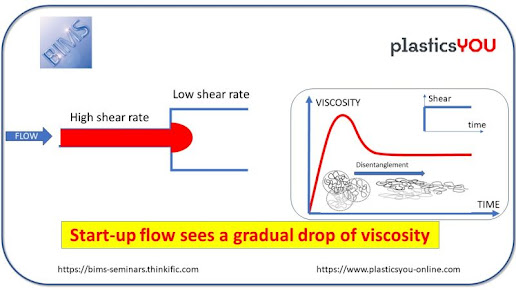Lux Research Predicts Bio-based Chemicals & Materials Industry to Reach 19.7 USD B in 2016
Buoyed by consumer preferences, government mandate and corporate commitments, bio-based chemicals and materials will more than double capacity to 9.2 million tons, says Lux Research.
The bio-based chemicals and materials industry, carefully nurtured from labs to factories, has reached a tipping point and capacity will double in market potential to $19.7 billion in 2016, as its global manufacturing capacity zooms 140%, according to a recent report by Lux Research.
The global capacity for 17 major bio-based materials doubled to 3.8 million tons this year, but over the next five years will climb to 9.2 million tons, bringing critical scale to an industry poised to revolutionize the chemicals market, said the report, titled, "Global Bio-based Chemical Capacity Springs to Scale."
"Several strong forces consumer preference, corporate commitment, and government mandates and support are driving development in this space." said Kalib Kersh, Lux Research Analyst and lead author of the report. "For an industry with the scale of plastics, polymers, and chemicals, no business issue is as big as that of capacity. For bio-based alternatives to compete with petroleum, they have to match billion-dollar businesses producing at megaton levels," he added.
Lux analysts tallied up the capacity of 151 identified global facilities and captured their intended operational dates, products and capacities, and added 87 additional facilities for which it made conservative estimates. Among Lux Research's other key findings:


Comments
Post a Comment